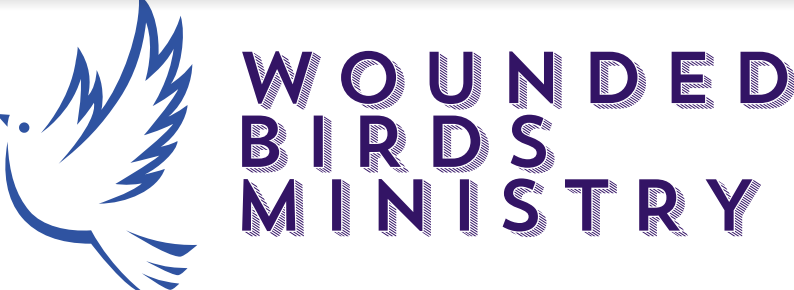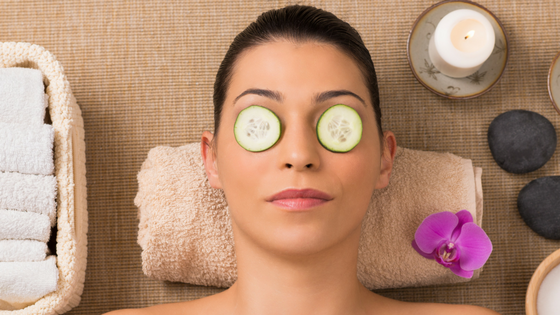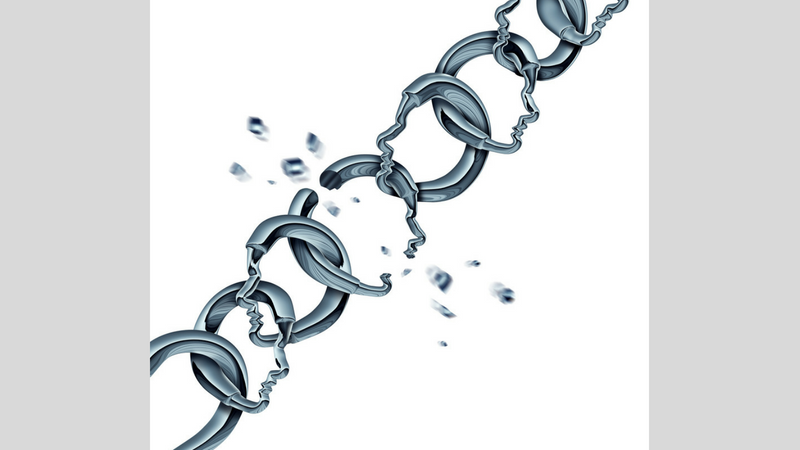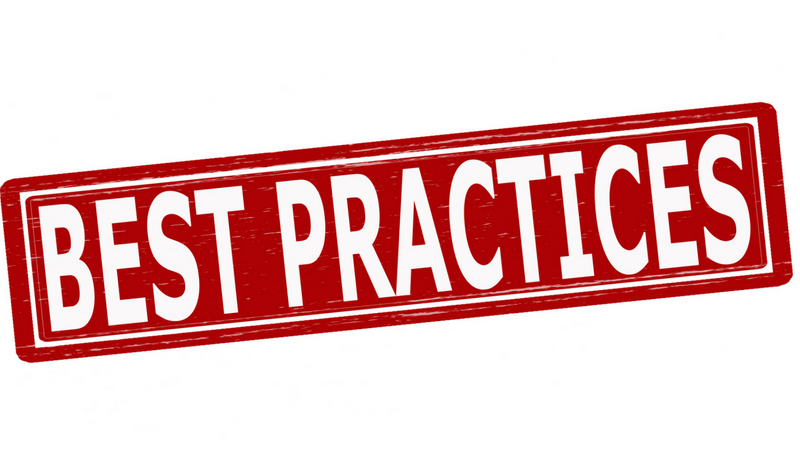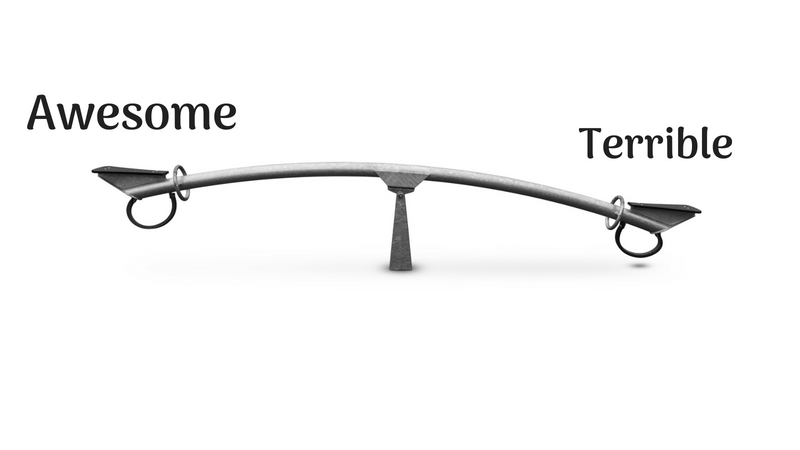Everyday Rest & Relaxation Helps Us Heal
R&R. Vacation. Time off. PTO. Whatever you call it, in our society, taking time to rehabilitate ourselves from the day-to-day grind is desperately desired and often neglected. Too often, we only think of “rest” as what we do on vacation, or the weekend.
What if we were to invite rest and joy into our daily lives? What impact would that make?
“Busy” Gets in the Way of Rest
When I talk with people about getting more “rest” or “joy” into their days, a common response is a sheepish look, a hung head, and a wry “I know.”
One young woman I spoke with, Jane, had a similar reaction: She gave a deep sigh and shrugged her shoulders. “There’s no time. Between taking care of the kids, taking care of the house, and work – there’s barely time left to sleep, let alone do something fun on most days.”
I get it. One of the markers of a successful life in our culture today is “busy.” “What’s going on with you?” a friend may ask. “I’m so busy!” we respond with a half-grin and a little bit of pride at how needed we are.
“Busy” has become synonymous with “indispensable,” and “indispensable” is one of the ways we measure our worth. Am I needed? Am I wanted? Can anyone fill my shoes? We find our significance in “busy,” and lose our true identity along the way.
“Busy” is not necessarily about how much we do in the day, either. I know two moms of large broods of similar ages. Both are busy by any standard. Getting kids to school, meals, caring for babies and toddlers, cleaning the house, going to the park – there are a lot of little details that are necessary to complete in any given day.
It’s the same with some executives I know: receiving hundreds of emails every day, fighting perpetual fires, managing large staffs and C-level or shareholder expectations: it can all be exhausting. And yet, in each of these scenarios, one is handling it better than the other. Why?
They plan rest into their days and look for opportunities to experience joy.
Intentionality Is the Key
How do we invite rest and joy into our daily lives? It requires intentionality. It requires a little space in our day. It doesn’t require a lot of time. In fact, it can be as little as five minutes.
Let’s start by remembering that “rest” doesn’t necessarily mean a nap, or sleeping. It simply means taking time for ourselves.
“Rest” is the path to “relaxation,” and relaxation guides us to rest. In fact, “rest” simply means taking a few minutes away from the business of our lives. It may be tough for us to schedule 30 minutes – or even 15 – but most of us can take five minutes.
Find something that helps you breathe, and breathe deeply into your belly. I like to take a quick stroll around my backyard, looking for new buds and smiling at the honey bees and birds that visit. I know people who love to garden, and taking five minutes to pull a couple of weeds or show some love to a plant refreshes them.
You may have a favorite chair and a book you want to read – set a timer and read for five minutes, or maybe just tackle a single page. Or clear off a little corner in one room and make it beautiful. Maybe you have a small table with a flower in a vase on it. Let that be your escape from chaos. It’s one part of your home that’s clean, that’s pretty, that’s yours.
Another tip I love is to use a breathing exercise. Whether you use four-square breathing, ten-by-ten breathing, or do a full-body relaxation exercise, breathing exercises remind us to breathe into our diaphragms, help us get oxygen running more efficiently through our bodies, and have a calming effect. Four-by-four breathing is simply breathing in deeply over a (slow) count of four, holding the breath for another count of four, releasing the breath over a count of four, and waiting for a final count of four before starting over.
Beyond rest, I encourage you to find ways to experience joy in your daily life. “Joy” is one of those words that often frustrate those living with depression and similar challenges. “Joy? I don’t even remember what joy feels like!”
If this is true for you, I want to send you a word of hope: Joy is not gone from your life. Joy is possible for you.
Reconnecting with joy, just like rest, requires intentionality.
The best way I’ve found to come back to joy is to remember something you’ve done, or an experience you’ve had that you loved. That brought you joy. Maybe it’s singing. Reading a book. Taking a bath. Dancing. Playing a game. Writing. We’ve all had an experience that brings us joy.
If you truly cannot think of anything activity that’s brought you joy, then this is an opportunity for you to discover one. Experiment and play. Hop on a swing at the park. Get a coloring book and colored pencils. Try something, try everything, and get lost in the activity. Once that happens, you have your first hint that you may have found an activity that brings you joy. Capitalize on it.
One of the most fun parts of the self-care and recovery process is making time for rest, relaxation, and joy. What’s best is that they don’t require a lot of time or even effort – even carving out just five minutes from your day to take a step back and just focus on yourself benefits you.
I hope you take some time and create a plan to add some rest, relaxation, and joy to your day.
What brings you joy? I’d love to hear it in the comments below!
Looking for daily inspiration and community? Join our warm and supportive Facebook group!
